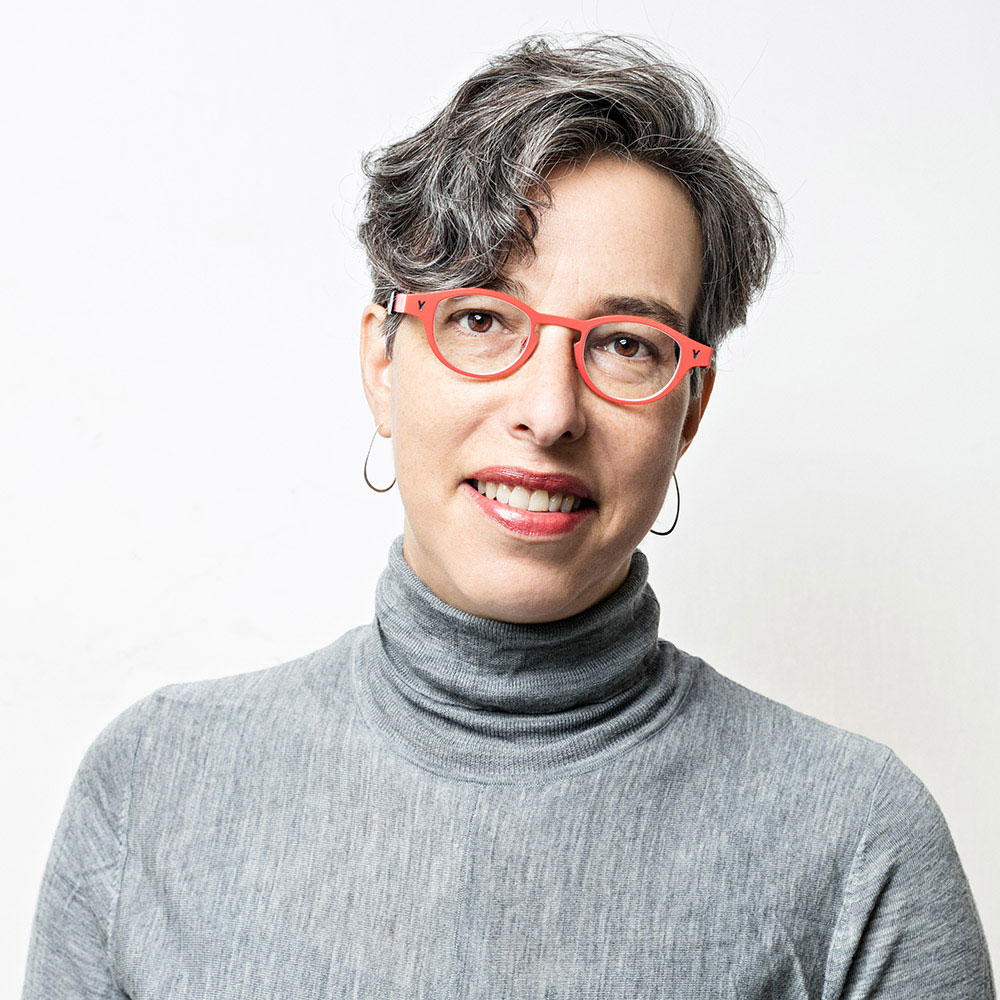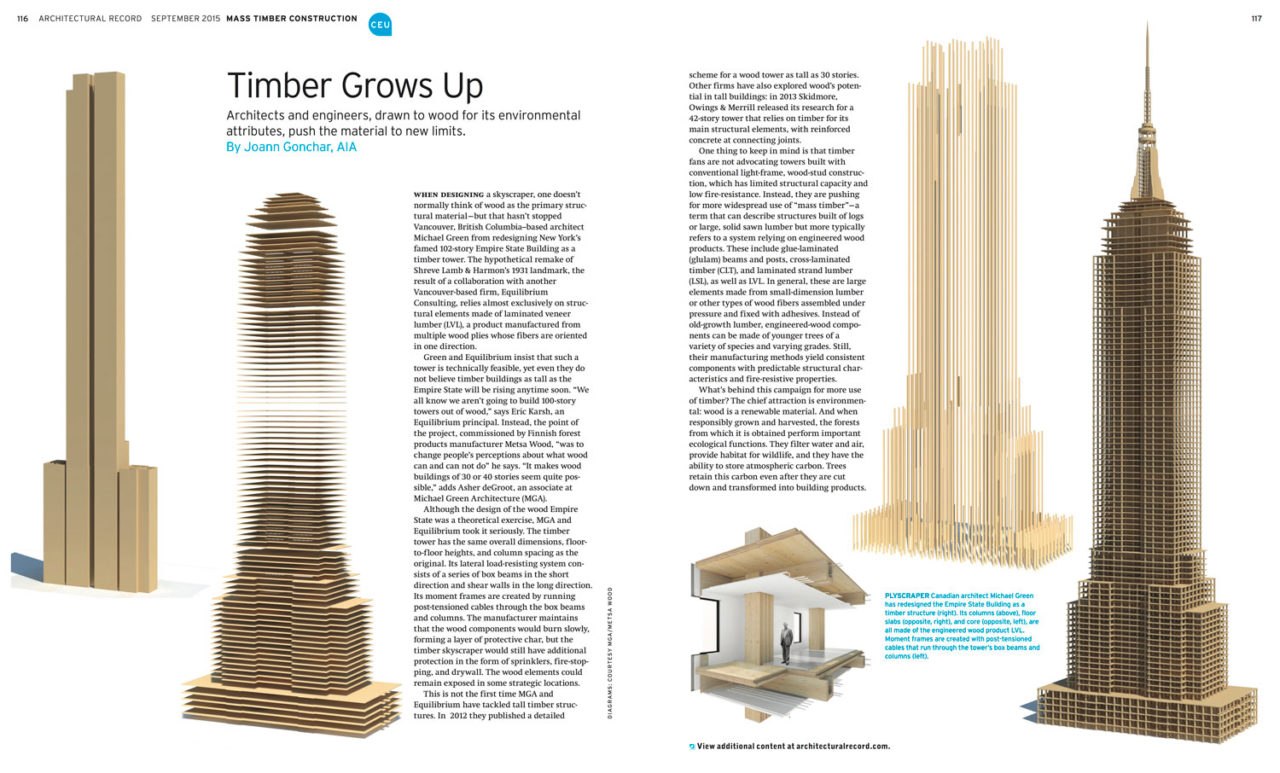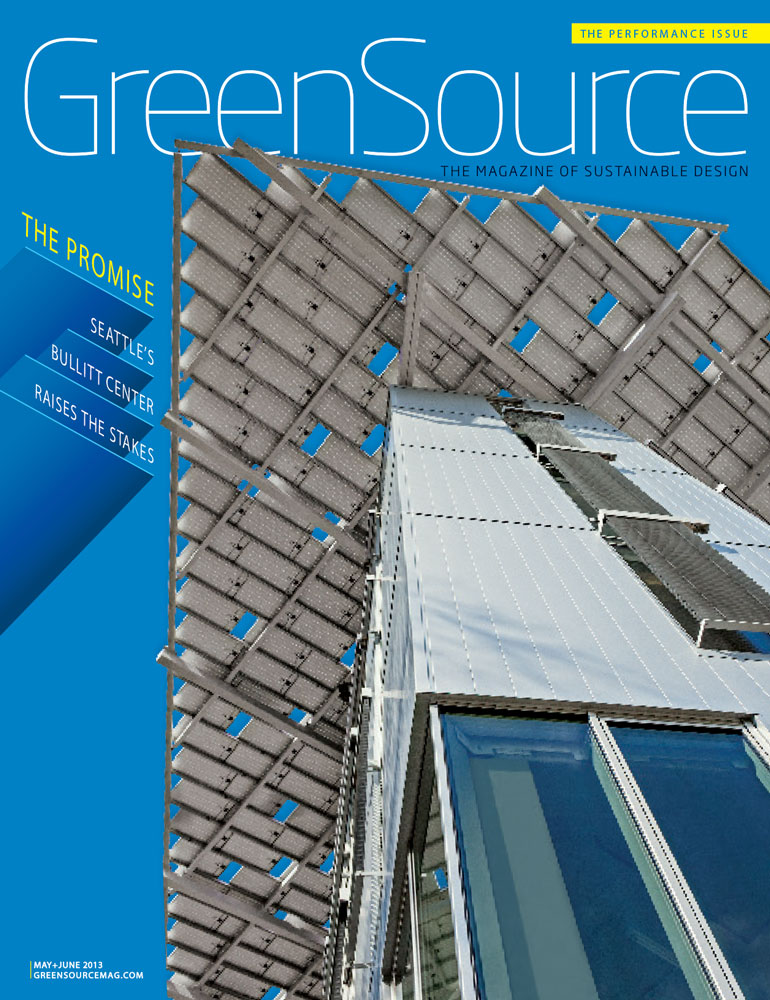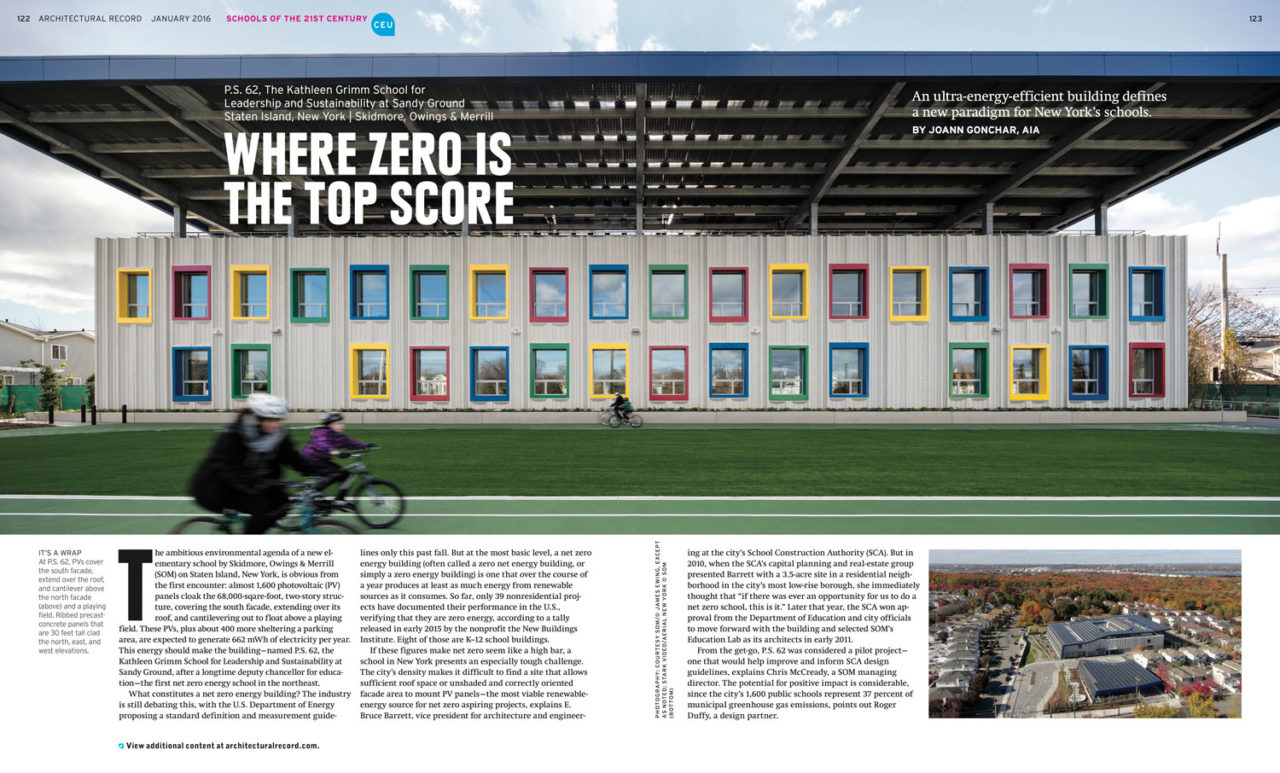by: AIA New York
Joann Gonchar, FAIA, LEED AP BD+C, is a senior editor at Architectural Record. Through her work as a journalist, Gonchar provides architects with critical information, insight, and inspiration. Her articles, which clearly communicate complex design and technical innovations, promote best practices in sustainability, structures, materials, and preservation. For nearly two decades, Gonchar has been writing timely, well-crafted articles about buildings for architects, the larger design and construction community, and the public. She launched her journalism career at Engineering News-Record in 1998. Gonchar was hired to oversee a quarterly supplement to ENR , but because she quickly proved adept at producing stories about technically challenging construction, she wrote regularly for the weekly magazine. At ENR , she covered all types of projects, including quotidian facilities such as schools and hospitals, as well as high-profile museum additions and professional sports venues. She also wrote about infrastructure, even reporting an in-depth cover feature about the seismic retrofit of the Golden Gate Bridge.
This year, the Jury of Fellows of the AIA elevated Gonchar to its prestigious College of Fellows in the second category of fellowship, which recognizes architects who have made efforts “to advance the science and art of planning and building by advancing the standards of architectural education, training, and practice,” according to the organizations’s definition. Now among the AIA membership’s three percent distinguished with Fellowship and honorary Fellowship, Gonchar was recognized at the New Fellows Reception hosted by AIA New York and was honored further in June at an investiture ceremony at the AIA Conference on Architecture in New York City.
Q: What is your proudest achievement, or a favorite project you’ve worked on?
A: One of the more satisfying aspects of my job is that I have the opportunity to investigate important topics that are unfamiliar to me. Eye-opening articles that I have worked on include those on dark sky design and the toxicity of common building materials. Some of the most fun assignments have involved behind-the-scenes access. One example was a ride in a telephone-booth-sized elevator to the top of a Golden Gate Bridge tower while reporting a piece on the seismic retrofit of that signature span.
Q: What is your earliest memory of experiencing architecture?
A: A visit to Louis Kahn’s Salk Institute when I was in college is one of my most vivid memories of experiencing architecture, though certainly not the earliest. With its framed view of the Pacific, I felt as though the stream of water channeled down the center of the plaza was tugging me toward the ocean. The complex struck me as a powerful demonstration of how space could shape human emotions.
Q: What is influencing your work the most right now?
A: One of my primary motivations is providing readers with information about how the built environment can mitigate and adapt to climate change. I hope that the pieces my colleagues and I produce will help designers create buildings that are more resilient in the face of increasingly severe environmental threats.
Q: What are you working on right now, or what is your next big project?
A: We like to keep our editorial plans under wraps, but I’d love to hear suggestions from readers about critical issues facing the profession and important projects that they think the magazine should cover.
Q: What does being a fellow mean to you?
A: It is gratifying to be recognized for doing what I love. At the same time, it is humbling to be included in this impressive group of people who are not only elevating the practice of architecture but are also—and I don’t say this lightly, or think it is an exaggeration—making the world a better place.
Editors’ Note: This feature is part of a series celebrating the 28 members of the American Institute of Architects (AIA) New York Chapter that have been elevated to the AIA College of Fellows in 2018, an honor awarded to members who have made significant contributions to both the profession and society. Learn more about Fellowship here.













